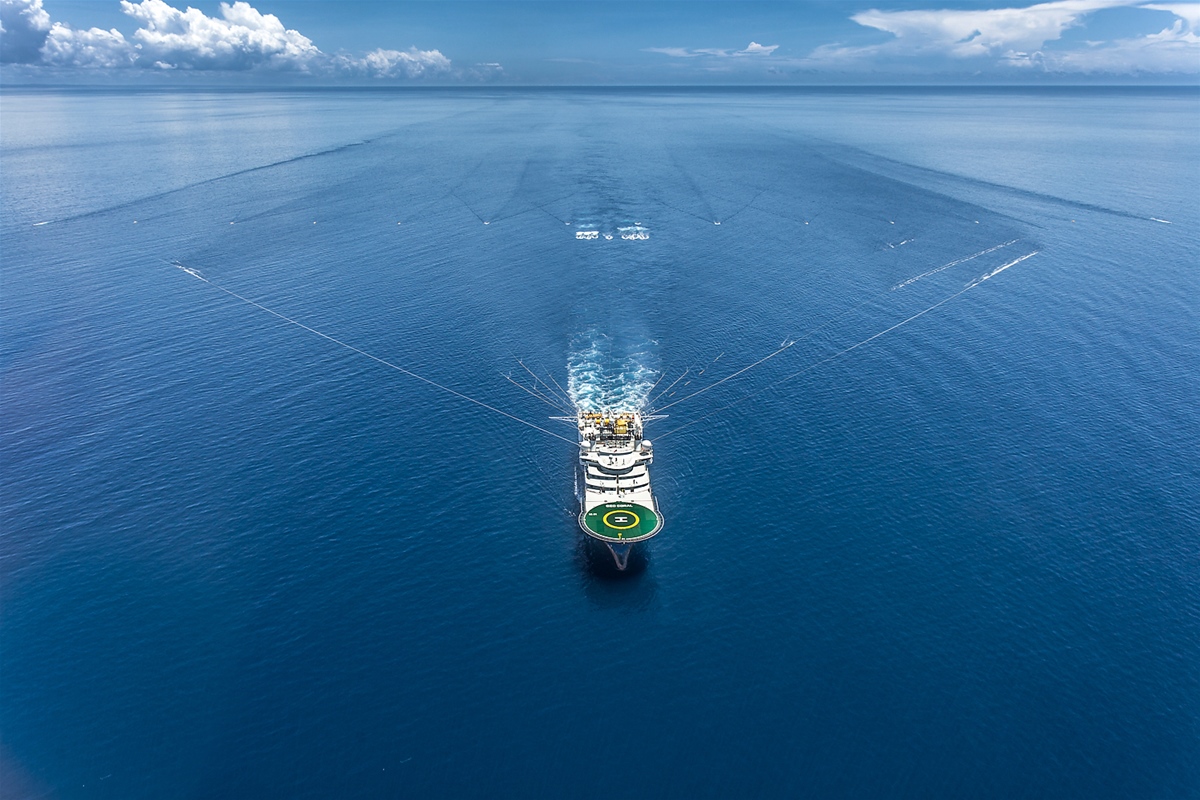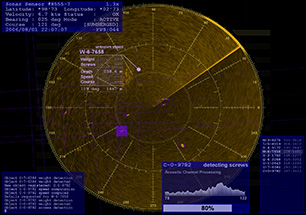KEY QUESTION
- Are there alternatives to airguns for seismic acquisition?

Summary
This EA attempted to answer questions about the relative risks of using Marine Vibroseis or traditional airguns in some future E&P operations. Regarding the next generation of Marine Vibroseis:
- What would be its potential impacts on marine life and the marine environment?
- What options exist for minimizing these potential impacts?
- What are the optimum operational criteria (e.g. sweep types, etc.) for such vibrators?
- How do the potential impacts of Marine Vibroseis compare to those of traditional airgun arrays?, and
- In which marine habitats might Marine Vibroseis be preferable to airgun arrays?
Answers to these questions provide critical information for industry as it develops new Marine Vibroseis technology.
This study predicts that most of the risks of future E&P operations could be reduced by using Marine Vibroseis instead of airguns. Vibroseis could reduce the safety radii for injury, but might increase the potential for masking effects. This EA outlines research that should be conducted when a prototype Marine Vibrator becomes available.
Objectives and methods
The primary objective of the EA is to undertake a generic environmental assessment that would allow industry to better determine the usefulness of the next generation of Marine Vibroseis technology in different marine habitats, inhabited by different types of marine mammals and other marine life.
Importance
This EA is critical for industry and possibly for regulators. Its results support the development and testing of a prototype of the next generation Marine Vibroseis.
Institutions/PIs
LGL Ltd (W. John Richardson)

